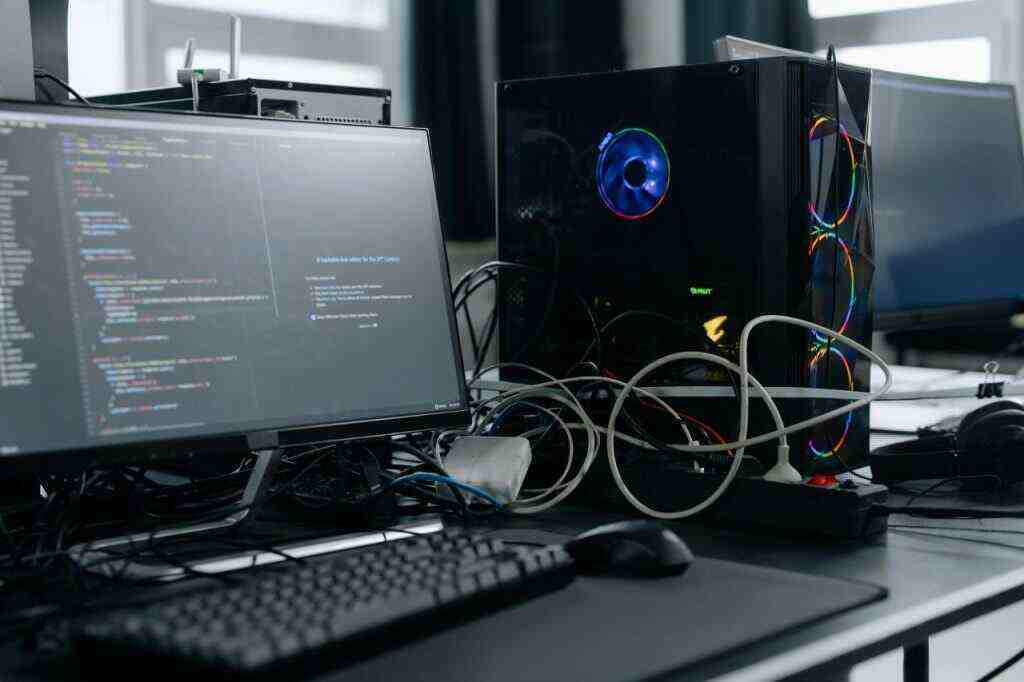Navigating the Evolving Landscape of Human-Machine Collaboration: The Impact of Generative AI on Software Development
In the ever-evolving realm of technology, the dynamic relationship between humans and machines continues to reshape industries and redefine our way of life. As the use of robots, artificial intelligence (AI), and automation grows, it raises critical questions about the impact of these technologies on our work, lives, and the quality of our output. This special series delves into the transformative power of generative AI, exploring its influence on the field of software development.
The Rise of Generative AI in Software Development
Generative AI has emerged as a powerful tool that has revolutionized the software development landscape. Companies of all sizes are harnessing the capabilities of AI-powered tools like GitHub Copilot to accelerate the creation of new applications and services, streamlining development processes and enhancing productivity.
However, the integration of AI in software development also brings potential pitfalls that require careful consideration. A recent research study conducted by GitClear, a developer analytics tool, sheds light on the impact of generative AI on code quality and overall software maintainability.
The Study’s Findings
GitClear’s comprehensive analysis of 153 million changed lines of code revealed several key findings:
– Code churn, defined as the percentage of lines discarded within two weeks of being authored, is exhibiting a concerning upward trend. This surge in code churn raises the risk of deploying erroneous code into production environments, potentially leading to costly errors and security vulnerabilities.
– The study identified a significant increase in copy/pasted code compared to updated, deleted, or moved code. This practice, often associated with short-term developers who lack a comprehensive understanding of the broader project context, can introduce inconsistencies and impair code maintainability.
– The study’s findings suggest that AI code assistants excel at adding code but may inadvertently introduce “AI-induced tech debt.” This refers to the accumulation of hastily added code that lacks thoughtful integration with the existing project structure, creating challenges for future maintenance and updates.
The Implications of AI-Induced Tech Debt
The proliferation of AI-generated code poses a significant challenge for software engineering teams. As noted by Bill Harding, founder of GitClear, the rapid addition of code without due consideration for its long-term impact can create a significant burden for teams tasked with maintaining and updating the codebase.
This phenomenon, likened to a “brand new credit card” that allows for the accumulation of technical debt in unprecedented ways, highlights the need for careful management and mitigation strategies to prevent the erosion of code quality and maintainability.
Impact on Software Development Compensation
The rise of AI coding tools has also raised questions about their potential impact on the compensation structure of software engineers. If engineering leaders base salary decisions solely on the quantity of code changed, the combination of AI and this metric could incentivize the submission of subpar code, potentially compromising the overall quality of the software product.
Balancing Productivity and Quality
While AI tools hold immense promise for enhancing productivity and expediting software development, it is crucial to strike a delicate balance between speed and quality. The study emphasizes the importance of understanding the attributes that contribute to high-quality code and prompting the AI tool to generate outputs that align with these standards.
Conclusion
The integration of generative AI in software development presents both opportunities and challenges. As AI-powered tools continue to evolve, it is imperative for software engineering teams to navigate this evolving landscape with thoughtful consideration. By carefully managing AI-induced tech debt, prioritizing code quality, and fostering a culture of continuous learning and adaptation, teams can harness the power of AI to unlock new levels of productivity and innovation while ensuring the delivery of high-quality software solutions.
